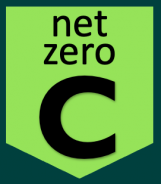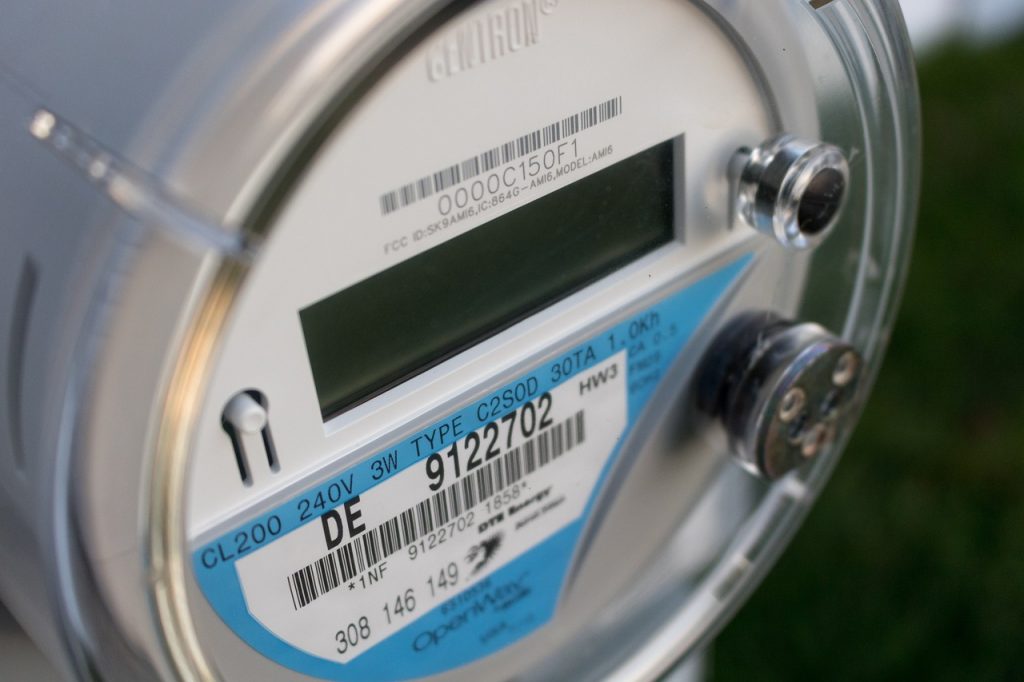The concept of a smart meter that can talk to the supplier and to appliances to react to time-of-use energy parameters sounds quite straight forward. But there is a major problem in adopting more advanced metering technology which is the incumbent vested interest of the suppliers.
This resulted in the mess that was SMETS1, which enabled suppliers to fit meters that only they could read, erecting barriers to competition and with very limited functionality. It is estimated that by March 2018 £11bn had been spent on this roll out, all of which was funded from consumer bills remember. Compare this with the whole FiT programme which adds around £200m/year and you can see how outrageously profligate SMETS1 has been.
SMETS2 is a little better, being supplier agnostic, but the functionality is still not easily accessible to other smart or IoT devices.
If the UK experience is compared with other European countries, it is striking that as so often, the British have chosen not to make use of the wider international experience and supply base but to follow a uniquely obscure route of their own. In doing so we end up with a system with poorer functionality and much higher cost than our international peers.
Key to this is the enabling of managed metering services rather than the regulated monopoly approach taken in the UK. A recent report by Berg Insight states: “service-oriented smart metering solutions have now become an area of interest among utilities throughout Europe, including both standalone software subscriptions and end-to-end managed services.”
Once we get past these initial snafus, the potential should be for meters to receive HH pricing data from the supplier and send this data to IoT enabled devices in the home to optimise use to minimise costs. Sadly at the moment this will not minimise Carbon emissions from domestic electricity. Analysis comparing N2EX price with Carbon intensity shows there is surprising little correlation:

This may evolve further as effective demand side response grows with the increase in functionality.

This may evolve further as effective demand side response grows with the increase in functionality.
Will we see this functionality anytime soon? Well if for an average home using around 3700kWh were able to switch 20% of use from higher to lower tariffs – say from 18p to 12p, this would save £45 a year – probably enough to fund the hardware cost for IoT connectivity. The barrier will be the lack of a common communications protocol that the international white goods industry can apply universally to deliver the functionality at minimum cost.
In theory, domestic consumers can take action “manually” to optimise their use but research shows that very few take any notice of the information provided by their smart meter monitors.
So for now, an opportunity to push ahead with domestic demand management has been missed. As take up grows of domestic EV chargers and heat pumps to displace fossil fuel heating, this will surely be something that NGESO will regret.
© John Moore 2020
Note: this article is the second of a series on barriers to net-zero Carbon and is intended as a debate initiator. Data sources are: ONS, OFGEM and NGESO.

